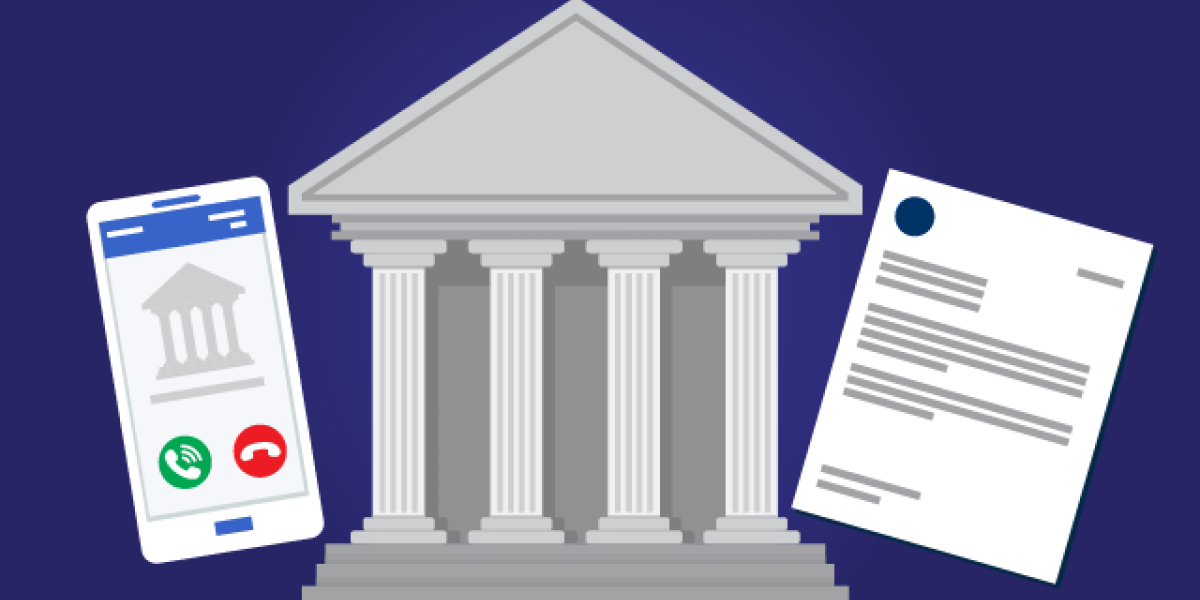Unmasking the USPTO: A Closer Look Behind the Official Facade

Protecting Your Business: Unmasking USPTO Trademark Scams
As a savvy business owner, you're likely well aware of the critical role trademarks and patents play in safeguarding your intellectual property. But are you equipped to distinguish between the legitimate United States Patent and Trademark Office (USPTO) and cunning scammers who prey on unsuspecting entrepreneurs?
These sophisticated fraudsters have developed increasingly clever tactics to trick businesses into believing they're receiving official communication from the USPTO. Their goal? To separate you from your hard-earned money through deceptive solicitations and fake invoices.
Understanding the red flags and warning signs is your first line of defense against these predatory schemes. By staying informed and vigilant, you can protect your business from falling victim to these elaborate trademark and patent registration scams.
Knowledge is power, and in the world of intellectual property protection, being aware of potential threats can save your organization significant time, money, and potential legal complications.








